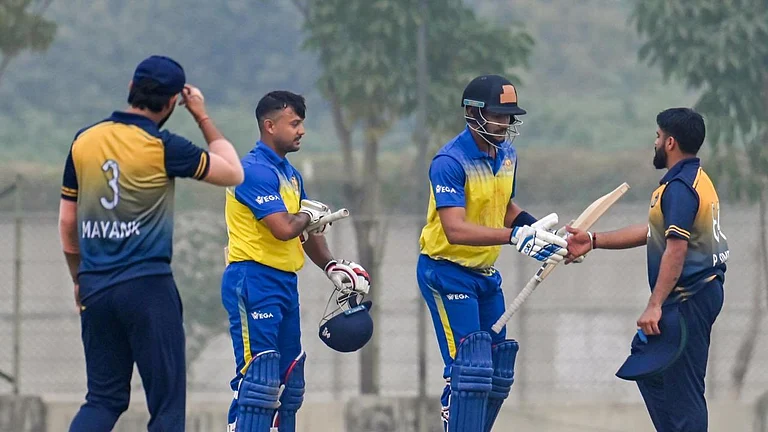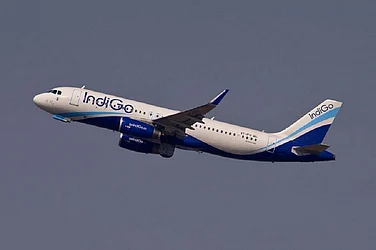Our days are punctuated by reaching for the wallet, paying, sticking it back, replenishing it. An urgent buy demands a faster draw. While an app-driven, post-modern life still involves grocery and lunch, movie tickets and gifts, more people are embracing a liberating cashlessness, some even discarding notes and plastic money altogether. The instrument of their lightness of being and freedom from change—mobile wallets, and it is taking the Indian payment system by storm.
Today, almost everything can be paid for through mobile wallets—gone are desperate gropings for the exact fare, or a frantic look-out for an ATM that would mercifully work. Mobile wallets, say votaries, are a secure and convenient method to make payments. Users have the flexibility of paying digitally by pre-loading their ‘wallets’ with money through the internet. As against 6-7 clicks in a credit card, mobile wallets is a one click payment system.
Two things have given this phenomenon a fillip: one, the phenomenal rise in the use of smartphones in India—while India’s mobile phone population hovering near a billion, the number of smartphones has galloped to over 300-350 million in the current year. The second factor is the increasing acceptance of mobile wallets at various merchant organisations, shops, taxi companies, movie halls etc. Recently, India’s largest mobile wallet company, Paytm, even started a facility for two-wheeler loans. Add to that the growing breed of e-retail firms who have promoted the use of digital money for payments instead of cash on delivery or net banking.
As smartphones proliferate like micro-organisms and acceptance of mobile wallets try to keep pace, the number of firms offering them has also shot up briskly. Today, apart from private firms like Paytm and Mobikwik, who specialise in mobile wallets, others have been diving into the lucrative business. This includes the State Bank of India and telecom companies like Airtel and Vodafone. Currently, over 40 companies offer mobile wallet services in India.
The overall mobile wallet market in India is expected to grow three times in the next five years. A study by research firm RNCOS says the market size of mobile wallets is expected to grow from its current size of Rs 350-400 crore to Rs 1,210 crore by 2019.
That’s no vain claim, for in the last two years, mobile wallet transactions have risen five times, surpassing both credit and debit card transactions. Take the case of Paytm. It claims to have a user base of 145 million. It handles payments worth $4 billion annually and has revenues of just under Rs 1,000 crore, with 10 million offline monthly transactions. Mobikwik, next in the pecking order, has a user base of 35 million and an annual transaction value of $500 million. Together, they eclipse the number of credit cards. According to RBI, there were just 22.5 million credit cards in India in 2015, of which only about 9-10 million were active; the number of transactions through them are a fraction of that of mobile wallets.
Why, even the useful debit card has lost its sheen. Out of the 300 million debit cards in circulation, only about 50 million are used to make digital payments. Compared to this, there are about 250 million mobile wallet users in India.
And this is just the breaking of dawn. With the cost of smartphones going down and data becoming cheaper, mobile wallet usage is set for a big bang.
Says Upasana Taku, co-founder of Mobikwik, “We are still in the early days, as mobile wallets have just hit the tip of the iceberg. Mobile wallets have just moved offline from online; 95 per cent of the transactions here are still running on cash. All digital payments processed are just worth about $5 billion, while there is opportunity for $1.1 trillion in India.” That is one number all companies are training their guns at.






















